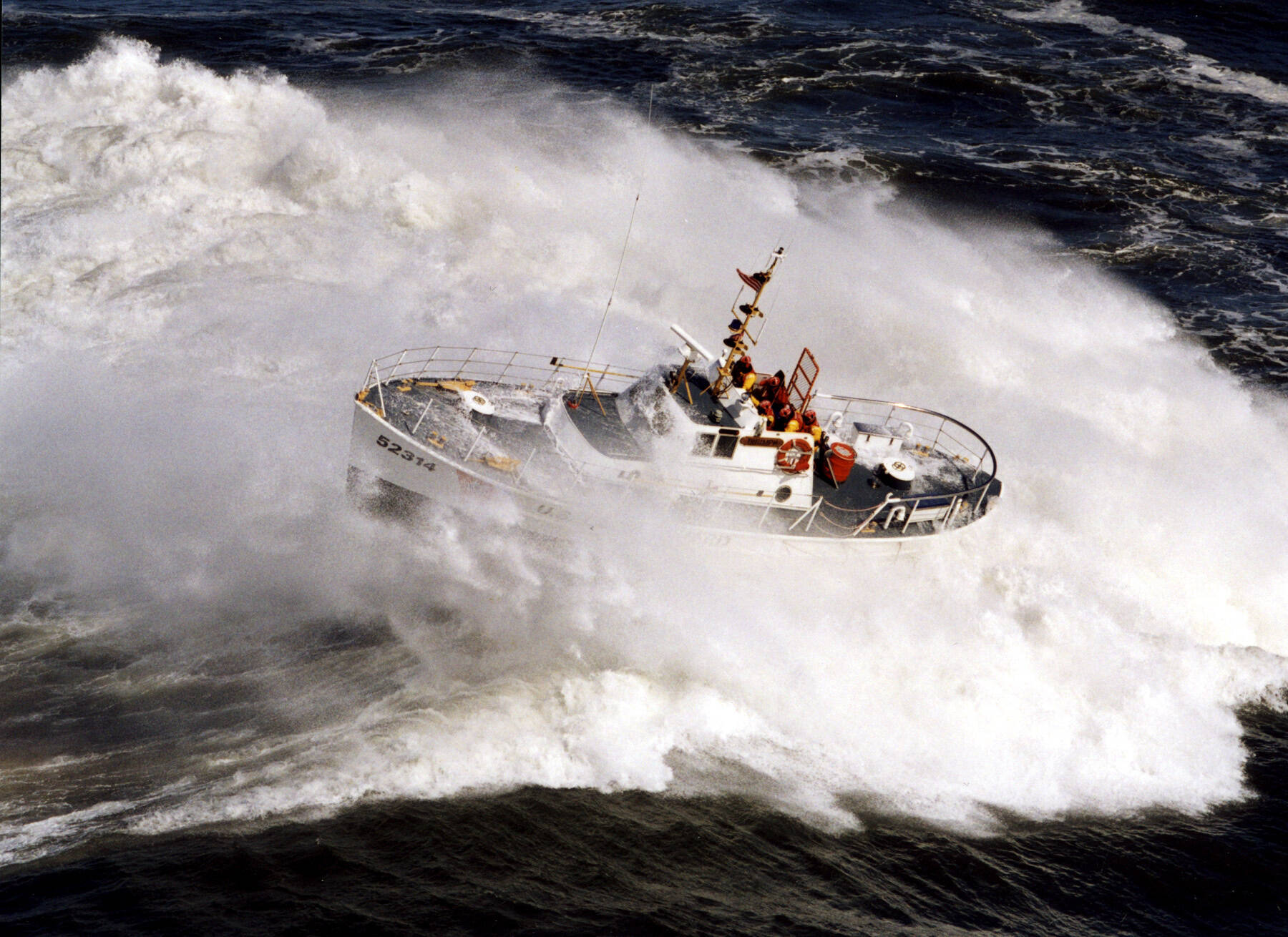Washington will see money for a number of Coast Guard items, including a new icebreaker and new lifesaving vessels for Grays Harbor.
The funding will help to replace 52-foot Motor Lifeboats that have been in service since the late ‘50s and early ‘60s.
“Our Coast Guard women and men serving along the Washington and Oregon coasts operate in some of the most challenging waters in the nation. Recapitalizing our 52-foot heavy weather surfboat fleet, which have operated since the Eisenhower Administration, is a top priority,” said Lt. Stephen Nolan, spokesperson for Coast Guard District 13. “The Coast Guard will work diligently to implement the funds provided to us by Congress to execute on these and other priorities.”
[Fishermen ready for start of crab season amid price, start date uncertainty]
The 52-foot MLBs, whose roles have been taken over by 47-foot MLBs, will stay in the region while the Coast Guard considers their disposal, Nolan said.
“As of October 2021, the 52-foot heavy weather MLBs are in a consolidated layup status,” Nolan said. “They have been transported to Station Cape Disappointment for storage in order to efficiently and effectively preserve these vessels while the Coast Guard evaluates their final disposition — either retirement or refurbishment.”
The 47-foot MLBs will continue to serve as the primary heavy-weather rescue vessels, Nolan said. Coast Guard Station Grays Harbor is unlikely to see drastic changes in the near future as the service develops plans for replacement of the 52-foot MLBs.
“The Coast Guard is still in the initial planning phases of identifying a new heavy weather Motor Life Boat and as such there are no projected timelines as of yet,” Nolan said. “Until such time as the small boats are designed we cannot begin to identify minimum crew manning requirements, however at this time we do not anticipate any significant staffing changes at Grays Harbor.”
Several sizes larger
While the motor lifeboats are some of the most agile and survivable in heavy seas, the Coast Guard is also considering another set of difficult sailing conditions as it further funds construction of the Polar Security Cutter, a modern design for a heavy icebreaker designed to operate in the ship-killing ice of the High Arctic with impunity, homeported out of Seattle. The shipbuilder was recently acquired by another shipyard, Nolan said.
“The Coast Guard is working with Bollinger Mississippi Shipbuilding (who recently acquired VT Halter Marine) to determine impacts of the acquisition, and to provide a revised timeline of construction, commissioning and acceptance of planned Polar Security Cutters,” Nolan said.
The icebreakers, when they are commissioned, will be some of the largest vessels in Coast Guard service, like the currently serving icebreakers Healy and Polar Star. Vessels of that size have similarly scaled logistical requirements, Nolan said. The Healy and Polar Star will continue to serve even after the PSCs enter active service, Nolan said.
“Polar Star and Healy will continue to be employed by the Coast Guard until such time as they are decommissioned,” Nolan said. “There are currently no plans for either vessel to be removed from active service.”
Contact reporter Michael S. Lockett at 757-621-1197 or mlockett@thedailyworld.com.



